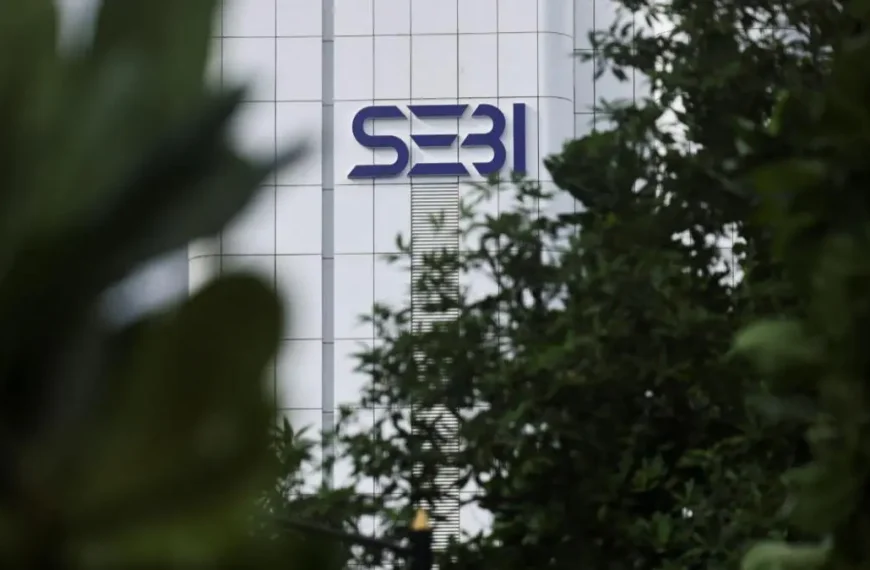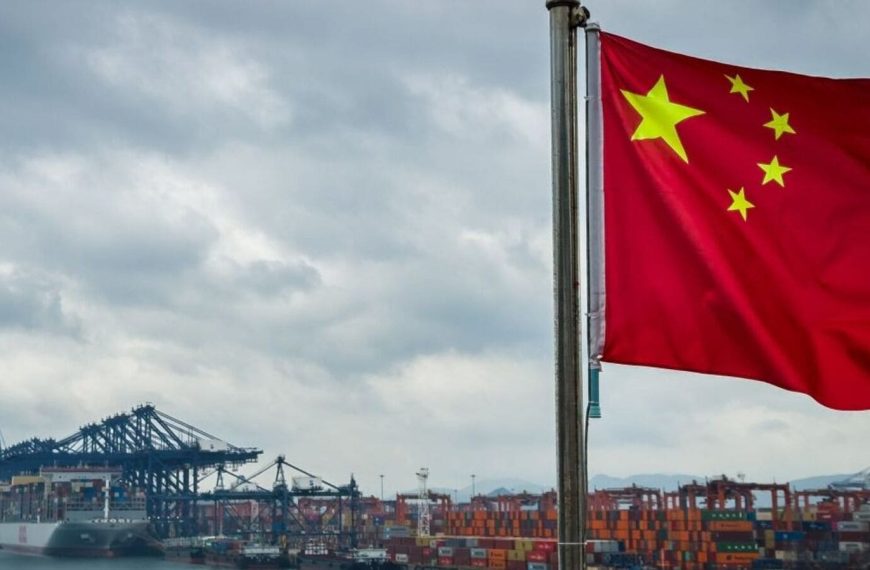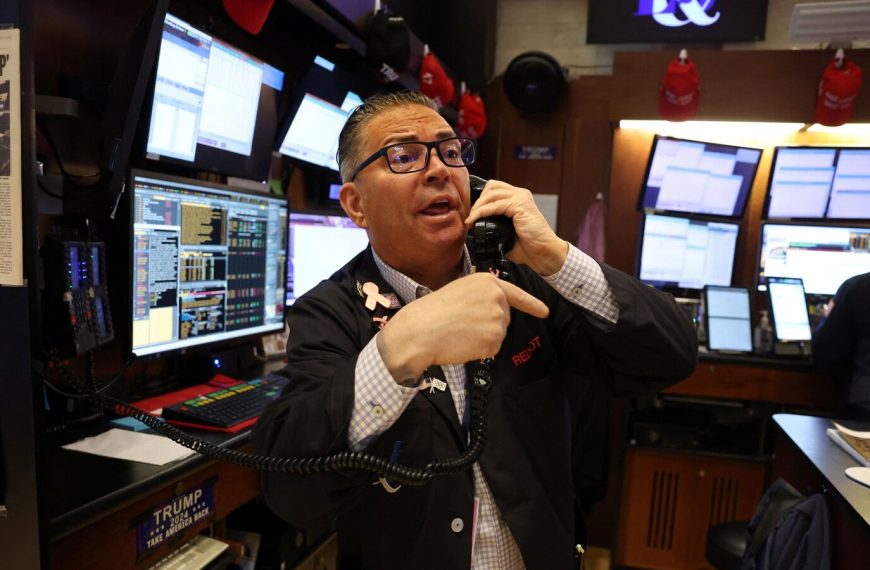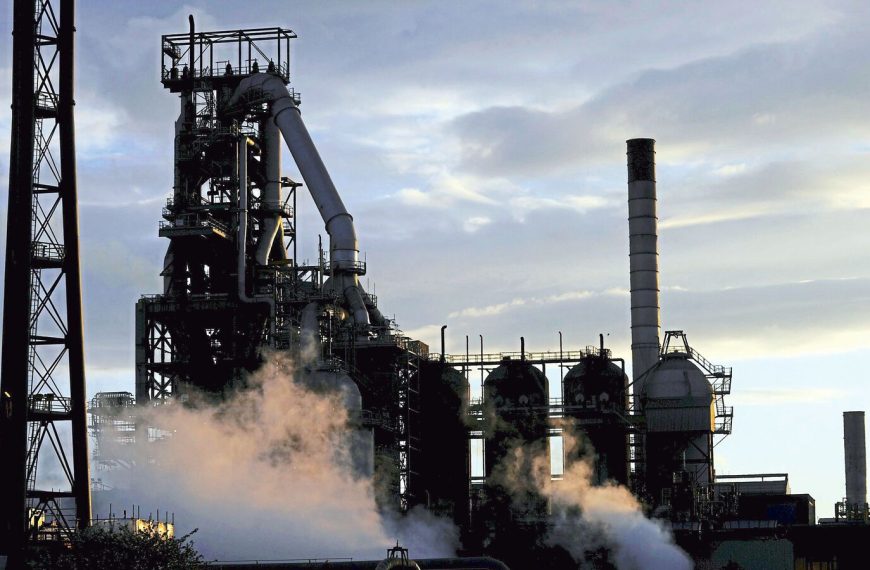The recent ceasefire agreement between India and Pakistan has provided a much-needed boost to the financial markets, alleviating fears of escalating tensions that could have severely impacted the economy. This development raises an important question: what’s next for the market? With both global and domestic factors leaning toward growth, investors are hopeful for a rally.
Resilience Amidst Tensions
Despite ongoing political strains, the Indian market has shown remarkable resilience. This stability can largely be attributed to persistent Foreign Institutional Investor (FII) buying, which has been bolstered by favorable global economic indicators. Following a period of significant selling, particularly after Donald Trump’s election as U.S. President, where the dollar index peaked at 111 in January 2025, the tide seems to be turning.
- In January 2025, FII selling reached a staggering ₹78,027 crores.
- However, this trend has begun to shift, with FII selling decreasing to ₹34,574 crores in February and further to ₹3,973 crores in March.
A Shift in Global Dynamics
The announcement of reciprocal tariffs by President Trump on April 2 sent shockwaves through global markets, raising concerns over potential slowdowns in economic growth, particularly in the U.S. and China. In contrast, India stands out as a beacon of stability, projected to maintain growth above 6% despite global uncertainties. The Reserve Bank of India (RBI) is anticipated to initiate a rate-cutting cycle, further energizing the stock market.
In April, FIIs turned their attention back to India, recording net purchases of ₹4,223 crores. Their consistent buying over sixteen trading days, amounting to ₹48,533 crores, reaffirms the potential for a market rally, despite a minor sell-off of ₹3,798 crores on May 9 due to heightened conflict.
Positive Domestic Indicators
The latest remarks from Federal Reserve Chair Jerome Powell highlighted increasing risks of economic downturn in the U.S., with a reported 0.3% decline in GDP growth for Q1CY25. Both the U.S. and China, burdened by high tariffs, are expected to face slowdowns, with China unlikely to exceed 4% growth this year.
In this context, India’s projected growth rate of around 6%, along with an anticipated 15% rise in earnings and decreasing inflation rates, positions the country favorably for investment.
Largecaps Poised for Growth
As FIIs lead the charge in the market recovery, large-cap stocks are expected to play a pivotal role in the upcoming rally. Remarkably, Systematic Investment Plans (SIPs) saw record inflows of ₹26,632 crores in April, although the surge in SIP stoppages poses a concern. Investors should reconsider any decisions to halt their SIPs to maximize potential gains.
Promising sectors include:
- Large-cap financials: ICICI Bank, HDFC Bank, Chola Finance
- Automobile: Mahindra & Mahindra, Eicher Motors
- Pharmaceuticals: Sun Pharma, Dr. Reddy’s, Cipla
- Industrials: L&T, ABB
- Digital stocks: Eternal, Paytm
- Others: Titan, Pidilite
The IT sector appears to have stabilized, with mid-cap players like Coforge and Persistent Systems showing promise.
As we navigate this crucial moment, the insights shared by financial experts emphasize the importance of strategic investments. The future looks bright for the Indian market, and with the right approach, investors could stand to benefit significantly.











